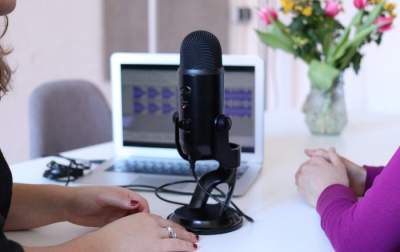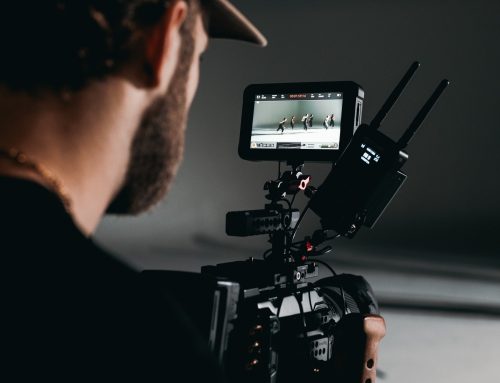While audio can be tweaked to reduce noise and make it better, there is only so much even the best equipment can do. The best way to get good audio is to record it as good as possible to begin with. This allows EQ Transcription Services Ltd to clearly hear and understand every work and nuance.
1. Microphone Quality – To some this might seem obvious, but not to everyone. The best and most expensive apparatus will be let down by a bad microphone.
Test the microphone to find the best distance for recording. In some cases this will be from a greater distance than others, but a quick check will let you know when the sound is recorded as clear as possible or when interference clouds the recording.
2. Microphone Type – There are two basic types of microphone; omni-directional, (records in all directions), and uni-directional, (records what is in front of it only). There are many microphones that can switch between both, so make sure you chose the best setting for your recording. If you are recording yourself speaking. or a one-on-one conversation. you can choose uni-directional as this will not record a door banging behind it, or at least not loudly. A conference, on the other hand, requires an omni-directional mic so each speaker can he heard.
3. Limit Background Noise – When recording indoors this often only means asking people not involved in a meeting to avoid banging things or speaking. However, there are some air conditioning and heating units that make a noise.
You might be used to this and no longer notice it, but the mic will pick it up along with the conversation. If possible turn it off for the duration of the recording.
Close doors and windows to eliminate outside noise interfering with the quality of your recording.
Do not let people in the room where you are recording fiddle with papers, pens and so on. The only noise should be the spoken word.
4. Trains, Planes and Busses – If you happen to be recording near a plane, train or bus route there is nothing you can do about the noise they make as they pass by. That said, immediately the noise they make starts, stop the conversation and stop recording until this has passed.
5. Once set up, run Tests. – Certain letters at the beginning of words come out strongly, and strangely, through microphones. Ps and Bs make what is called a popping noise while Ss and Fs make a hissing called sibilance.
When testing say any works with these letters at the beginning to better chose the right place to set the mic.






